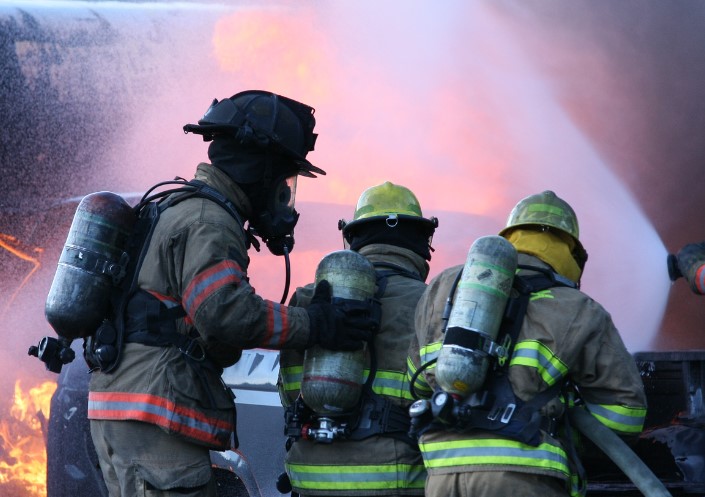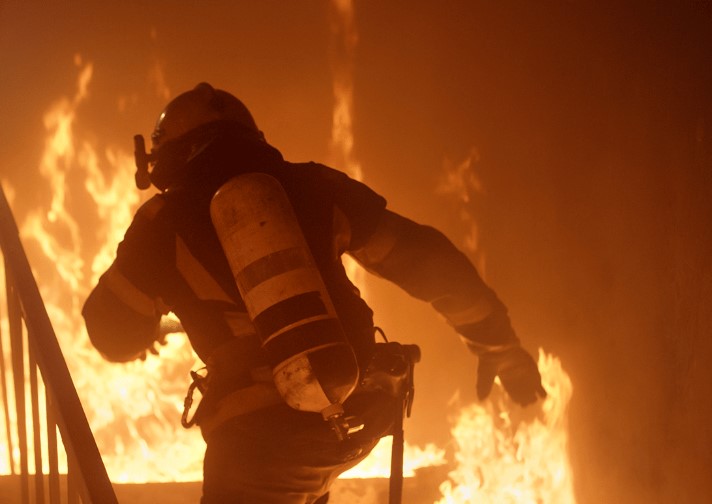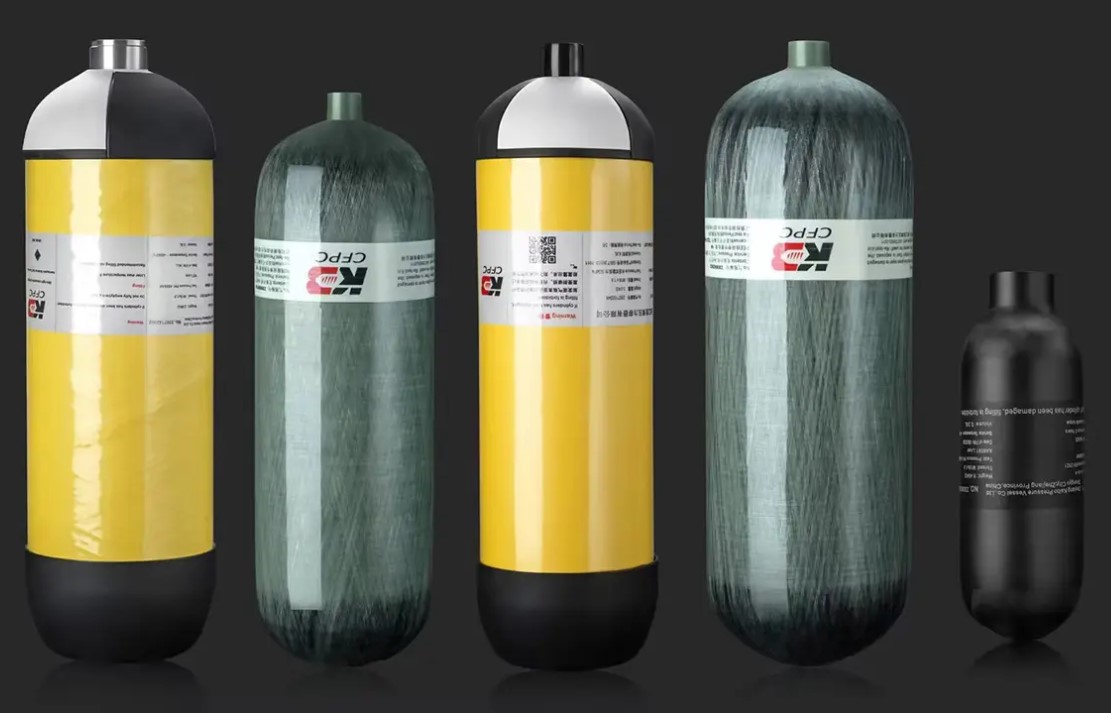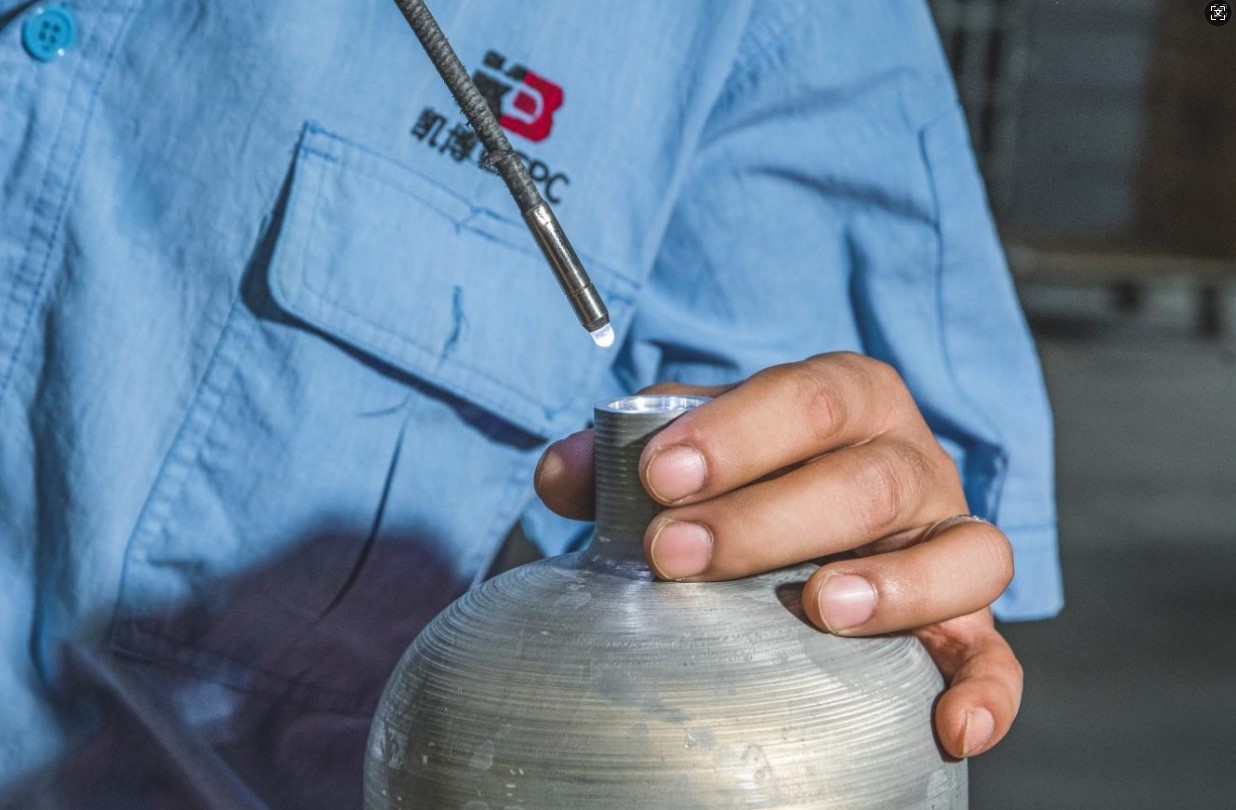Introduction
Carbon fiber composite cylinders are essential components of self-contained breathing apparatus (SCBA) used by firefighters, rescue personnel, and industrial workers in hazardous environments. These cylinders store breathable air under high pressure, providing a lifeline in oxygen-deficient or toxic atmospheres. Choosing the correct cylinder size is crucial for balancing the duration of the air supply with the user’s comfort and mobility. This article provides a detailed explanation of how to select the right carbon fiber cylinder size based on human body dimensions and other relevant factors.
Understanding Carbon Fiber Composite Cylinders
Carbon fiber composite cylinders are preferred over traditional steel or aluminum cylinders due to their superior strength-to-weight ratio. They consist of a lightweight liner (often made of plastic or aluminum) wrapped with layers of carbon fiber and resin. This construction allows the cylinder to withstand high pressures while remaining significantly lighter than metallic counterparts. The weight reduction is critical for users who carry the SCBA for extended periods, as it reduces fatigue and improves maneuverability.
Factors Influencing Cylinder Size Selection
Several factors must be considered when choosing the appropriate carbon fiber cylinder size:
- Task Duration: The primary factor is the expected duration of the task. A longer operation requires a larger cylinder capacity to ensure an adequate air supply. Consider the potential for unforeseen delays or complications that might extend the task duration.
- Work Rate: Physical exertion increases breathing rate and air consumption. Users performing strenuous activities will need a larger cylinder capacity compared to those performing less demanding tasks.
- Individual Physiology: Individuals have different metabolic rates and lung capacities, which influence their air consumption. While general guidelines exist, individual assessments may be necessary for specific applications.
- Body Size and Ergonomics: The size and weight of the cylinder impact the user’s comfort and mobility. A cylinder that is too large or heavy can restrict movement, cause discomfort, and contribute to fatigue. Conversely, a cylinder that is too small may not provide sufficient air for the task.
- Environmental Conditions: Extreme temperatures, high altitudes, and other environmental factors can affect air consumption rates. These conditions should be taken into account when selecting cylinder size.
- Regulatory Requirements: Specific industries or organizations may have regulations or standards that dictate the minimum cylinder capacity for certain tasks. It’s crucial to comply with all applicable regulations.
Body Size and Cylinder Capacity: A Practical Approach
While there isn’t a single formula to determine the ideal cylinder size based on body dimensions, the following approach can provide a practical starting point:
- Assess Body Type: Consider the user’s height, weight, and build. Individuals with larger frames and higher body mass tend to have larger lung capacities and may require larger cylinders.
- Consider Body Proportions: The torso length and shoulder width are important ergonomic factors. A cylinder that is too long can interfere with movement, especially in confined spaces. The cylinder’s diameter should also be considered to ensure a comfortable fit with the harness and other equipment.
- Use General Guidelines: Manufacturers often provide general guidelines for cylinder size selection based on typical body dimensions. These guidelines can serve as a starting point, but they should be adjusted based on individual needs and the specific task requirements.
- Conduct Field Trials: The best way to determine the optimal cylinder size is to conduct field trials with users of different body types. These trials should simulate the actual working conditions and allow users to provide feedback on comfort, mobility, and breathing duration.
- Prioritize Ergonomics: Ergonomics should be a primary consideration. A cylinder that is too large or heavy can lead to fatigue, discomfort, and even injury. Prioritize the user’s comfort and mobility when making cylinder size decisions.
Carbon Fiber Cylinder Types and Sizes
Carbon fiber cylinders are available in various sizes and capacities, typically measured in liters. Common sizes range from 4 liters to 9 liters or more. The specific size chosen will depend on the factors outlined above. Type 4 cylinders, which feature a fully wrapped carbon fiber construction, are often preferred for their lighter weight.
Maintaining and Inspecting Carbon Fiber Cylinders
Proper maintenance and inspection are essential for ensuring the safety and longevity of carbon fiber cylinders. Regular inspections should include visual checks for damage, hydrostatic testing to verify pressure integrity, and adherence to manufacturer guidelines for service life.
Conclusion
Selecting the right carbon fiber cylinder size is a critical decision that impacts user safety and performance. By considering task duration, work rate, individual physiology, body size, environmental conditions, and regulatory requirements, organizations can make informed choices that optimize the balance between breathing duration, comfort, and mobility. Field trials and user feedback are essential for validating cylinder size selections and ensuring user satisfaction. Prioritizing ergonomics and adhering to maintenance and inspection procedures will further enhance the safety and effectiveness of carbon fiber cylinders in critical applications.
Post time: Feb-12-2025




